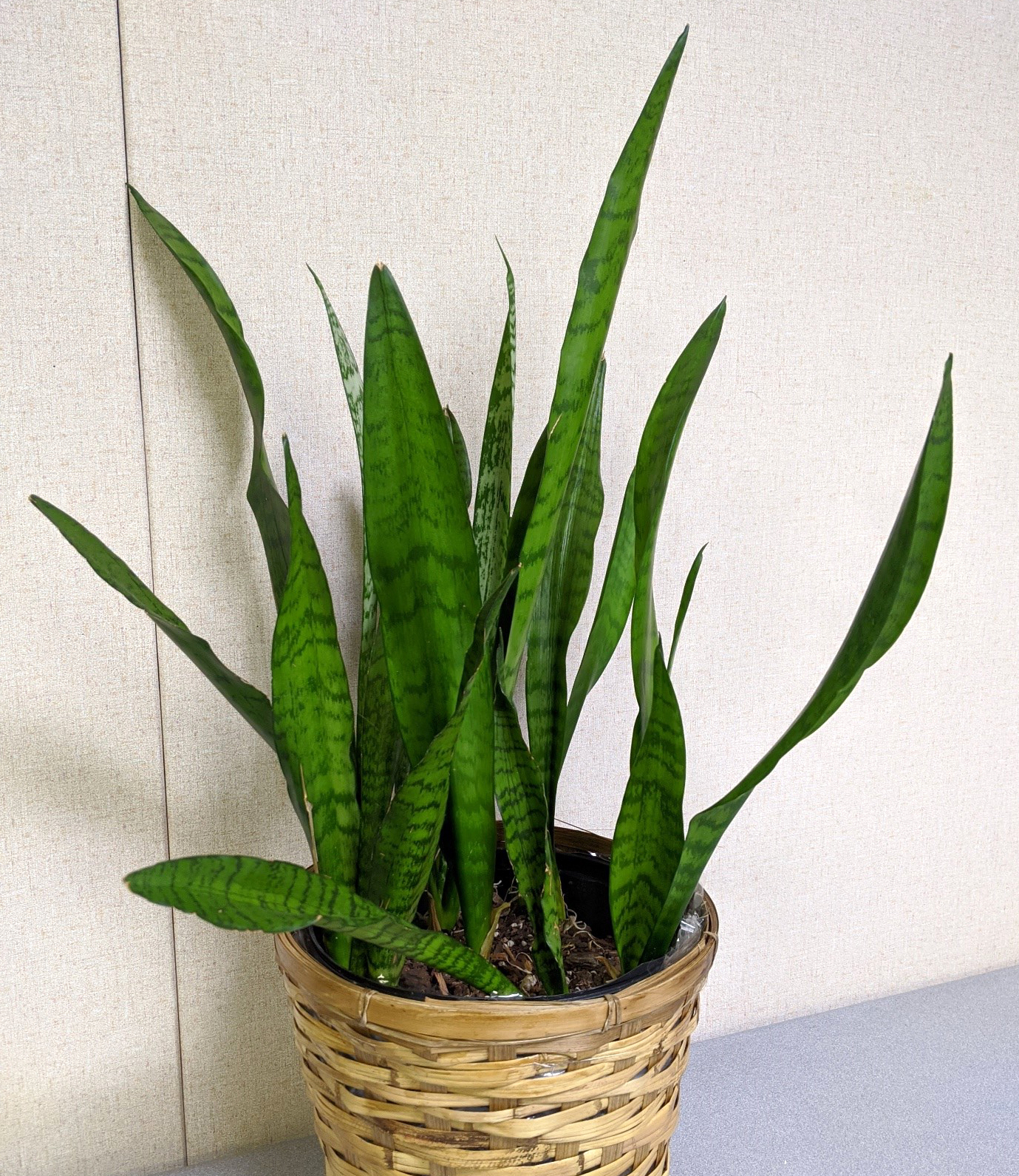My first indoor plant – Part 2: Popular indoor plant choices
Indoor plants can be a fun and easy introduction to gardening. Choosing the right plant doesn’t have to be a challenge.

In Part 1 of this article we discussed considerations for choosing your first indoor plant. In this second part, we will provide examples of some popular indoor plant choices for budding enthusiasts. Most indoor plants are readily or seasonally available at local greenhouses and garden centers as well as home and garden stores. Many of these plants also have multiple cultivars available. Cultivars are cultivated varieties of plants that have unique traits. These traits may be features such as compactness, unusual coloration and unique patterns.
Indoor plant suggestions
These plants are common because of their ease of care and reliability.
Rubber plant (Ficus elastica). This is a good choice for a larger area with bright to moderate light levels. It prefers moderate to high humidity. Reduce watering requirements if grown in a cool location. Multiple cultivars are available with green or red to maroon colored leaves or even variegated cultivars such as ‘Tricolor.’
ZZ plant (Zamioculcas zamiifolia). This plant has more recently become popular. It is tolerant of neglect and is now easy to find at most greenhouses, garden centers or home and garden stores. It has a wonderful, architectural upright structure and the leaves unfold as new developing shoots emerge. ‘Dowon’ is a dark, nearly black cultivar that is sometimes called a Raven ZZ plant. This cultivar has recently become extremely popular but is more expensive. A dwarf cultivar, ‘Zamicro,’ is available if space is a concern.

Jade plant (Crassula ovata). Tolerant of sunny windowsills, this is often the introductory plant for succulent lovers. It prefers warm temperatures and low humidity, and dislikes cold windows. Watering should be reduced when exposed to cooler conditions. Cultivar options are virtually endless; dwarf varieties, different leaf shapes and a rainbow of shades from green to red are available. The white/green cultivar ‘Variegata’ contrasts nicely. Old plants resemble succulent trees and can get quite large.
Snake plant/Mother in Law’s Tongue (Sansevieria trifasciata). Tolerant of neglect, this is a plant that prefers to be left alone. Overwatering is its enemy and will cause leaves to rot and drop. It has fleshy rhizomes that store water for periods of drought. Bright to moderate light and warm temperatures will really make this plant thrive. It does not like high humidity or moisture. It can be planted in long narrow planters to create indoor plant walls.

Pothos (Epipremnum aureum). This is a traditional indoor plant with cultivars that have solid leaf color, streaked variegation and speckled variegation. If you know someone with indoor plants, you’ve likely seen these. Their preference is for bright light but not direct sun with moderate to warm temperatures and moderate to high humidity. Furthermore, these plants are easy to propagate. Simply placing cuttings in cups of water will cause them to root.
Living Stone (Lithops spp.). This is the ultimate tiny succulent. True to their name, they look like tiny, smooth river stones. Lithops come in a variety of colors. At under 2 inches in height, these are the perfect unusual plant for small spaces. They prefer bright filtered light and should be watered once their potting media has completely dried. Flowers emerge from their cleft leaves and are daisy-like in appearance.
For additional questions about selecting indoor plants, Ask an Expert or call the Michigan State University Extension toll-free Lawn and Garden Hotline at 1-888-678-3464.



 Print
Print Email
Email




